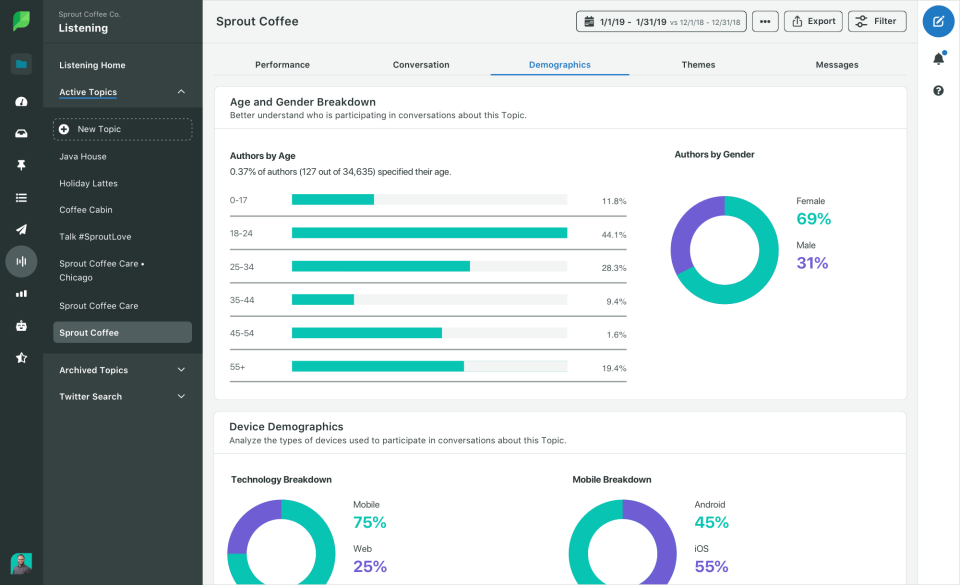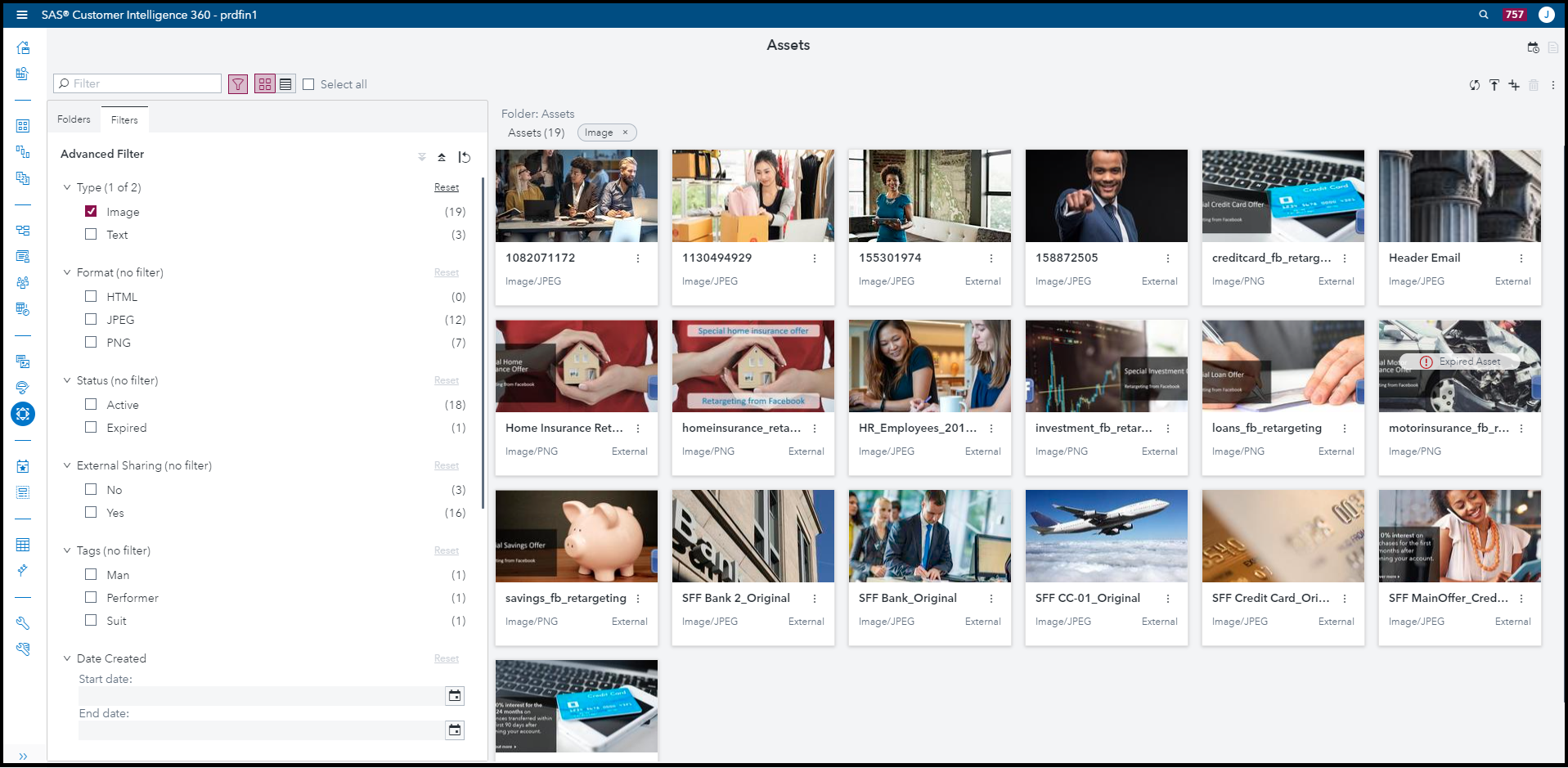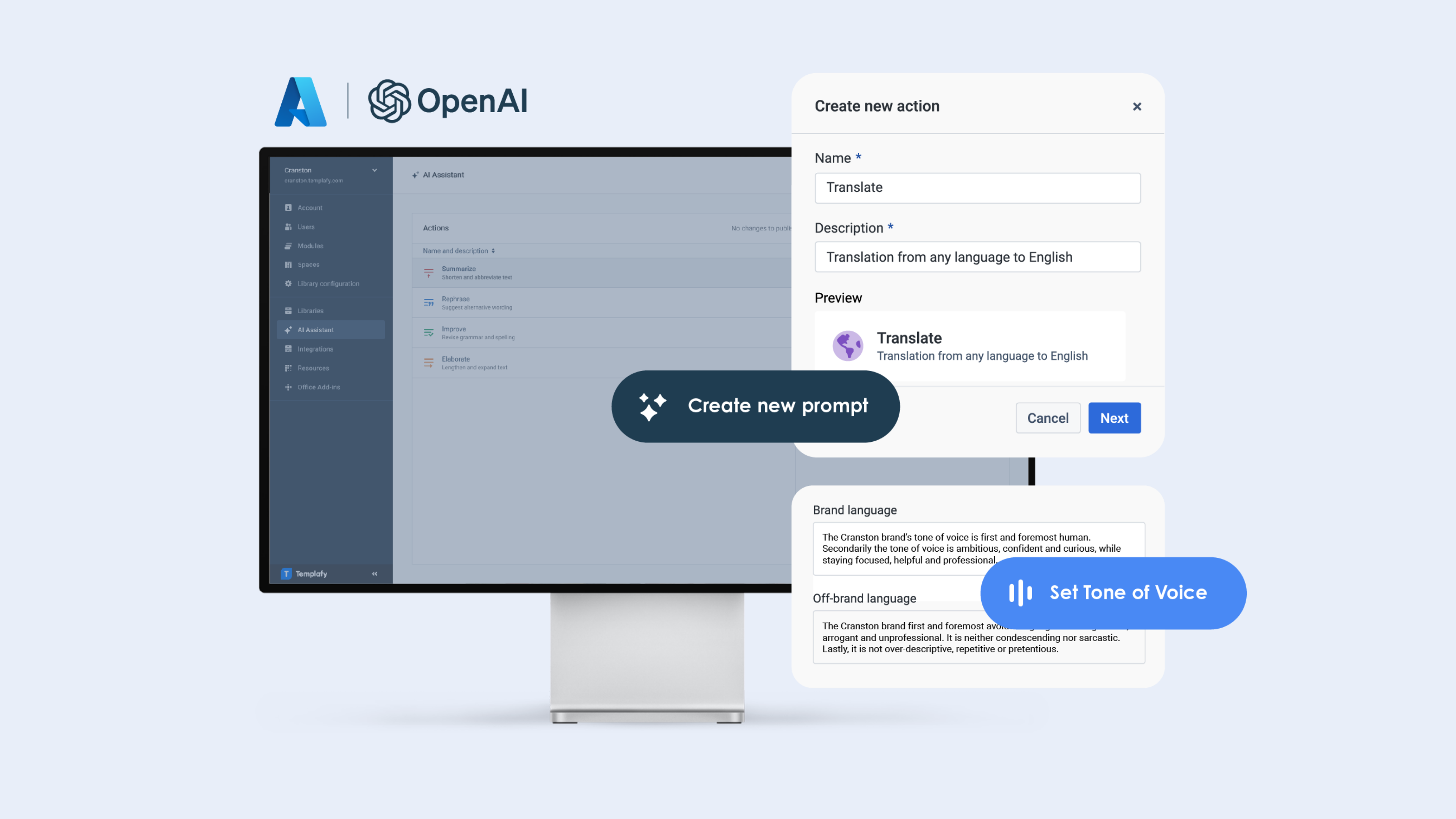A customer experience expert shares tips for keeping your online brand in line.
Growing your brand’s social media presence seems like a no-brainer when everything happens online. However, a recent Capterra survey suggests online consumers don’t want brands infiltrating their feeds—just over a quarter (27%) prefer not to interact with brands' social profiles at all, and 29% have blocked or unfollowed a brand's social media account within the past year due to ads.*
If you’re a small retailer, you must learn how to maintain a social media presence that attracts rather than repels potential customers. To get expert insights, we spoke with Blake Morgan, customer experience (CX) futurist and best-selling author of three books on CX. [1] We’ll share Morgan’s top three social media tips and discuss ways to leverage her insights by using brand management software.
“Customers expect brands of all sizes to be present, engaged, and listening on social media.”

Blake Morgan
Customer experience thought leader
1. Use social listening to improve your offerings
Social listening is a marketing strategy that involves monitoring and analyzing user generated content to improve products and outreach, and it’s a smart move for brands feeling pressured to execute a flawless social media plan right off the bat.
To provide an example of a brand doing this well, Morgan highlights Glossier, an eCommerce cosmetics brand that uses social listening to inform its product line: “Typically, customers buy a makeup remover and a facial cleanser. But when Glossier’s customers said they wanted one product that did both, the brand responded by creating its Milky Jelly Cleanser.”

Screenshot from Glossier’s Instagram account taken by the author [2]
“This is the culture of a company willing to forgo some short-term profits to do what's best for customers,” explains Morgan. “They're listening, they're engaged with the customer, they're talking to customers on social media, and they're improving products based on feedback.”
Listening to your social network can help align your brand with the values of your target audience, much like Glossier did with its Milky Jelly Cleanser. Here are some ways to leverage social listening insights:
Identify audience demographics. Knowing the age, gender, location, and interests of the online consumers discussing your products or services can help you create more targeted content.
Find the best social platform for your brand. Social listening insights show you where to focus your social media efforts by revealing which social channel sees the most traffic and engagement. We found that the top social media platforms for social commerce, globally, are Instagram (77%), YouTube (67%), Facebook (59%), and TikTok (41%).*
Improve content creation. Customers consume a lot of social media content daily. Social listening insights help your brand stand out on any social media channel by focusing on campaigns and marketing efforts that offer engaging content, as well as evaluating what types of content work best (e.g., Instagram story versus reel).
If you want to add social listening to your social media strategy, delegate this responsibility to someone on the marketing team, or consider outsourcing to a digital marketing agency. Additionally, have your product development team periodically check in with marketing for product ideas and feedback.
How brand management software facilitates social listening
Some brand management tools, such as the example pictured below, leverage artificial intelligence (AI) technology to perform social listening.

Social listening capabilities in brand management tool Sprout Social
Brand management tools with social listening capabilities also make it easier to analyze marketing campaigns. Look for a brand management tool that offers campaign management to assess the effectiveness of campaigns and use that data to plan your next one.
2. Focus more on customer experience than paid advertising
Pay-per-click or PPC management might seem like a logical next step for a small business looking to level up its marketing. However, our research shows that consumers are growing increasingly ad-weary—nearly 40% have blocked specific social media ads over the past year.*
What businesses can do instead, Morgan suggests, is focus on customer experience. “Customer experience is more powerful than advertising. Rather than interrupting customers and telling them how great you are, the best way to earn customers' wallets is to actually be great and provide an experience so good they're going to tell their friends and family.”
Outdoor retailer REI is one such brand that Morgan says focuses more on experiences than ads: “They not only want to sell you tents, shoes, and sleeping bags—they want to plan your vacation, teach you about hiking trails, and add value in other ways.” One of these other ways is through educational videos on their YouTube channel, like the example below.
“This is the future of customer engagement, where we're not just selling a product, we're creating experiences around the product,” adds Morgan. “Figure out what your customers need help with, and that will create the loyalty so many brands are striving for.”
If you’re looking to add value to your offerings through social media, consider top-of-funnel topics in your content marketing—as REI does through its educational YouTube videos. These topics could focus on common issues your persona faces versus bottom-of-funnel content that addresses how your product or solution meets the specific needs of potential customers.
How brand management software enhances customer experience
An effective brand management solution ensures consistent, high-quality customer experiences while providing your staff with the tools and guidelines they need to execute effective small business marketing campaigns. Here are some ways to use brand management software to make a lasting impact on customers:
Maintain consistency by keeping assets in one place. Businesses with a consistent brand image (e.g., fonts, colors, logos, and taglines) are more likely to build brand awareness and trust. Brand management tools, like the example below, keep your team aligned with brand strategy by ensuring centralized access to assets, guidelines, and updates.

Asset home in brand management platform SAS Customer Intelligence 360
Facilitate collaboration between marketing, CX, and customer service teams. Cross-team collaboration can eliminate misperceptions that could result in disparate experiences for potential customers. Look for brand management solutions with collaboration tools so your team members can share files, communicate, and work together.
Identify areas for optimization and improvement. Brand management tools provide analytics data on how customers respond to brand assets across different touchpoints and channels. This can help your brand identify areas to improve and optimize as well as track performance against key metrics such as bounce rate, reach, and impressions.
Learn how social media can help, not hurt, your brand with Blake Morgan
Watch our exclusive interview with Blake Morgan below.
3. Develop and apply a consistent brand voice and tone across social media platforms
On International Women’s Day 2021, Burger King U.K. attempted to promote its new scholarship program for female chefs with a social media post that read, “Women belong in the kitchen.”
“It was very misunderstood, taken out of context, and just made them look really bad,” Morgan explains. “I think brands need to err on the side of caution with social media. Your social media platform is not a place to try to be cute or funny. If you haven't tested your messaging with a focus group, don’t get out there and start saying things that could be misunderstood.”
While focus groups aren’t always feasible for small businesses, what you can do is develop and apply a consistent brand voice and tone across social media platforms. Brand voice and tone are two facets of effective branding that represent how your business speaks to its customers and how those messages are received.
When developing your branding, first identify your brand’s personality so you can choose a voice and tone that typifies that personality. Do you want to be fun and playful, warm and inviting, or convey expertise? This will allow you to use language that appeals to your target audience and remain consistent no matter where someone interacts with your business.
“I think it's important to connect with customers, but it's like any dinner party you’d attend,” says Morgan. “You don't want to lead with bold statements that could offend people. You want to focus on listening, on being polite, and being a little careful.”
How brand management software enables a consistent brand voice
Brand management software can help keep your brand voice consistent by:
Ensuring all staff have access to brand style guidelines: Style guides are a great resource that explain and provide examples of your brand voice and tone. Brand management tools ensure these guides are available to all staff through features such as access controls/permissions, collaboration tools, and content management.
Leveraging AI-powered brand voice tools: These tools, like the example below, tailor generated or written content to your brand's specific voice. They analyze your writing's personality and tone to identify opportunities to sound more consistent with your brand voice. Once brand voice is turned on, you can apply it to social posts, emails, blog posts, website and landing pages, and SMS messages.

AI-powered brand voice assessment in brand management tool Templafy
Add tech to human expertise for a winning social media strategy
Blake Morgan’s social media tips are excellent for any small business looking to gain followers and reach its social media goals:
Your next step is to find a brand management tool that fits your business’s needs. Our brand management software buyers guide is a great place to start your search, but you may also find the following articles to be useful resources:
Looking to outsource brand management instead? We have services for that as well. A branding agency can help your business create a unique brand image to position your products or services in the market. They can assist in defining values, identifying the right target audiences, and developing a brand image that connects with your audiences. Learn more here.











